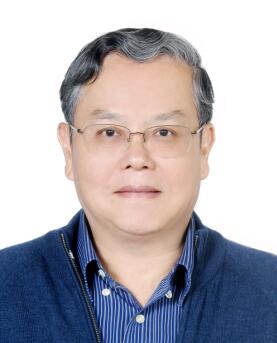Abstract—The A H1N1 2009 influenza that started in Mexico in early April 2009 ultimately spread over the entire globe within a matter of a few months. Malaysia reported its first confirmed A H1N1 2009 infection on 15 May 2009. The infection persisted for 23 weeks, peaking at week 12, with a total of about thirteen thousand infections, with residual infections continuing until today. Many countries are concerned over the potential of a more severe second wave of H1N1 and have put in place contingency plan to mitigate this H1N1 threats should they occur. This paper presents the model FluSiM developed to simulate A H1N1 2009 in Malaysia. Simulation results for H1N1 2009 in Malaysia indicate that the basic reproduction number varied between 1.5 and 2.5. The on-going enhancement of FluSiM will improve on its robustness in order to permit integrated surveillance and simulation of future pandemic influenza.
Index Terms—FluSiM, H1N1 model, Malaysia.
H. L. Koh is with the Disaster Research Nexus, School of Civil Engineering, Engineering Campus, Universiti Sains Malaysia, 14300 Nibong Tebal, Penang, Malaysia. (phone: 6-04-5996250; fax: 6-04-5941009;e-mail: hlkoh@usm.my).
S. Y. Teh is with the School of Mathematical Sciences and Disaster Research Nexus, Universiti Sains Malaysia, 11800 Penang, Malaysia.(e-mail: syteh@usm.my).
[PDF]
Cite: Hock Lye Koh and Su Yean Teh, "FluSiM Simulation for Malaysia: Towards Improved Pandemic Surveillance," International Journal of Chemical Engineering and Applications vol. 2, no. 1, pp. 53-59, 2011.



